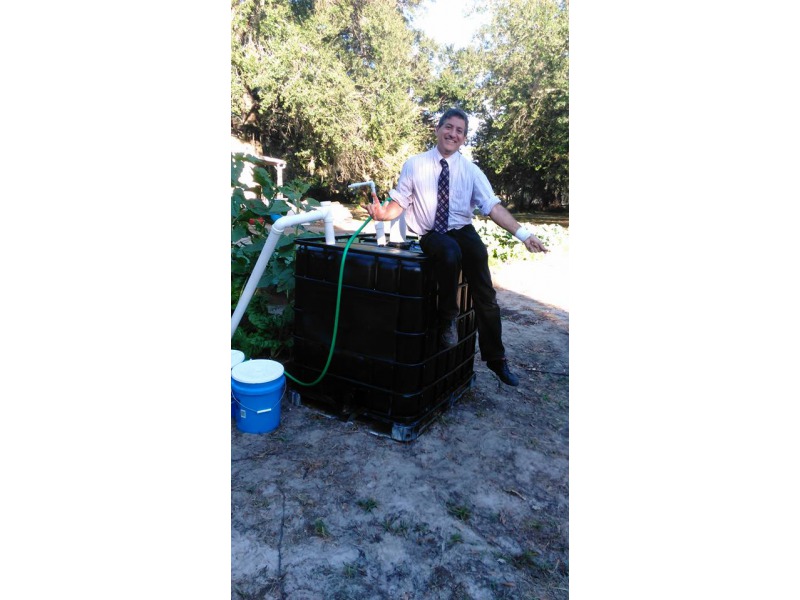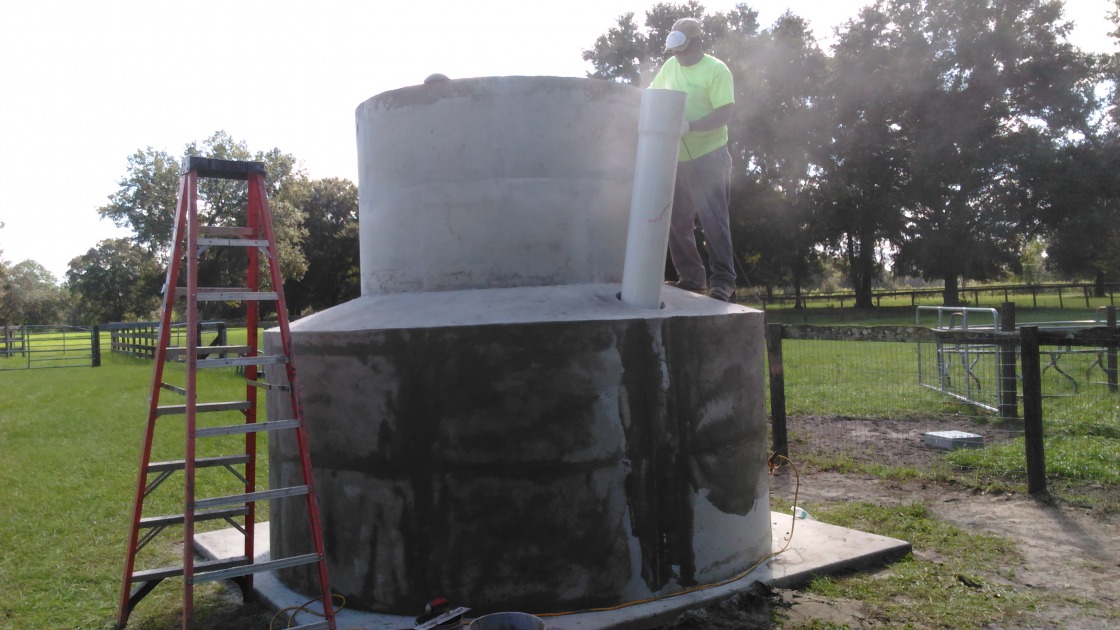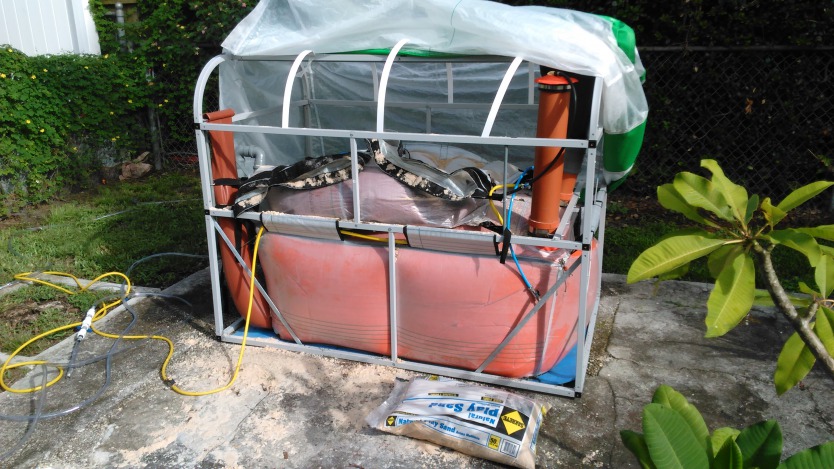
by Janice Kelsey | May 3, 2020 | Our Projects, United States
February 26, 2017 At the Rosebud Continuum, we built our second Puxin 10m3 biodigester in Florida next to the first one we built in 2016. We worked with students from Professor Thomas Culhane’s Food/Energy/Water Nexus class and the great crew of the Bishop...

by Janice Kelsey | May 3, 2020 | Our Projects, United States
December 10, 2016 As part of our Green Faith Initiative, we built a couple of biodigesters with the students of USF’s Patel College. We worked with Reverend Russel Meyer at the Faith Lutheran Evangelical Church Community Garden to supply liquid compost to the...

by Janice Kelsey | May 3, 2020 | Our Projects, United States
February 22, 2017 At the Tampa Museum of Science and Industry (MOSI) across the road from my office at the Patel College of Global Sustainability, T.H. Culhane personally donated, and our students constructed, both a Solar CITIES floating IBC biodigester and my...

by Janice Kelsey | May 3, 2020 | Our Projects, United States
November 28, 2016 Solar CITIES Inc. and HomeBiogas stand with our First Nations brothers and sisters at Standing Rock and with all indigenous and other oppressed, marginalized, or hegemon-impacted people around the world who want to reclaim sovereignty and self...

by Janice Kelsey | May 3, 2020 | Our Projects, United States
October 17, 2016 Florida now has a 10m3 Puxin, our 5th build in the USA.

by Janice Kelsey | May 3, 2020 | Our Projects, United States
October 17, 2016 Dr. Thomas H. Culhane, Professor of Sustainability at the Patel College at USF is now running this Israel HimeBiogas unit for student demonstrations. It is connected to a backyard barbecue. It was inoculated with four boxes of RidX and other...







